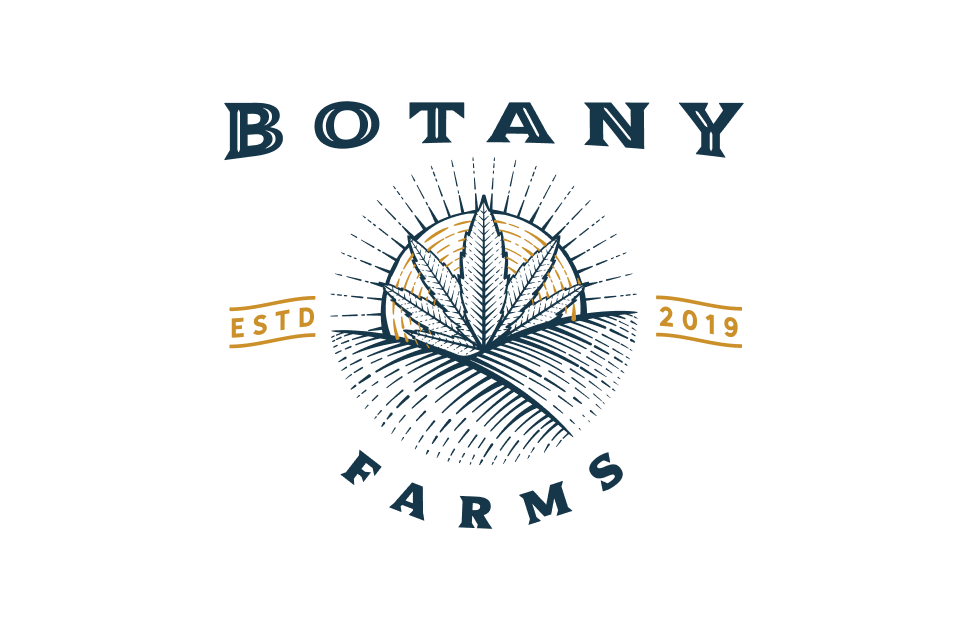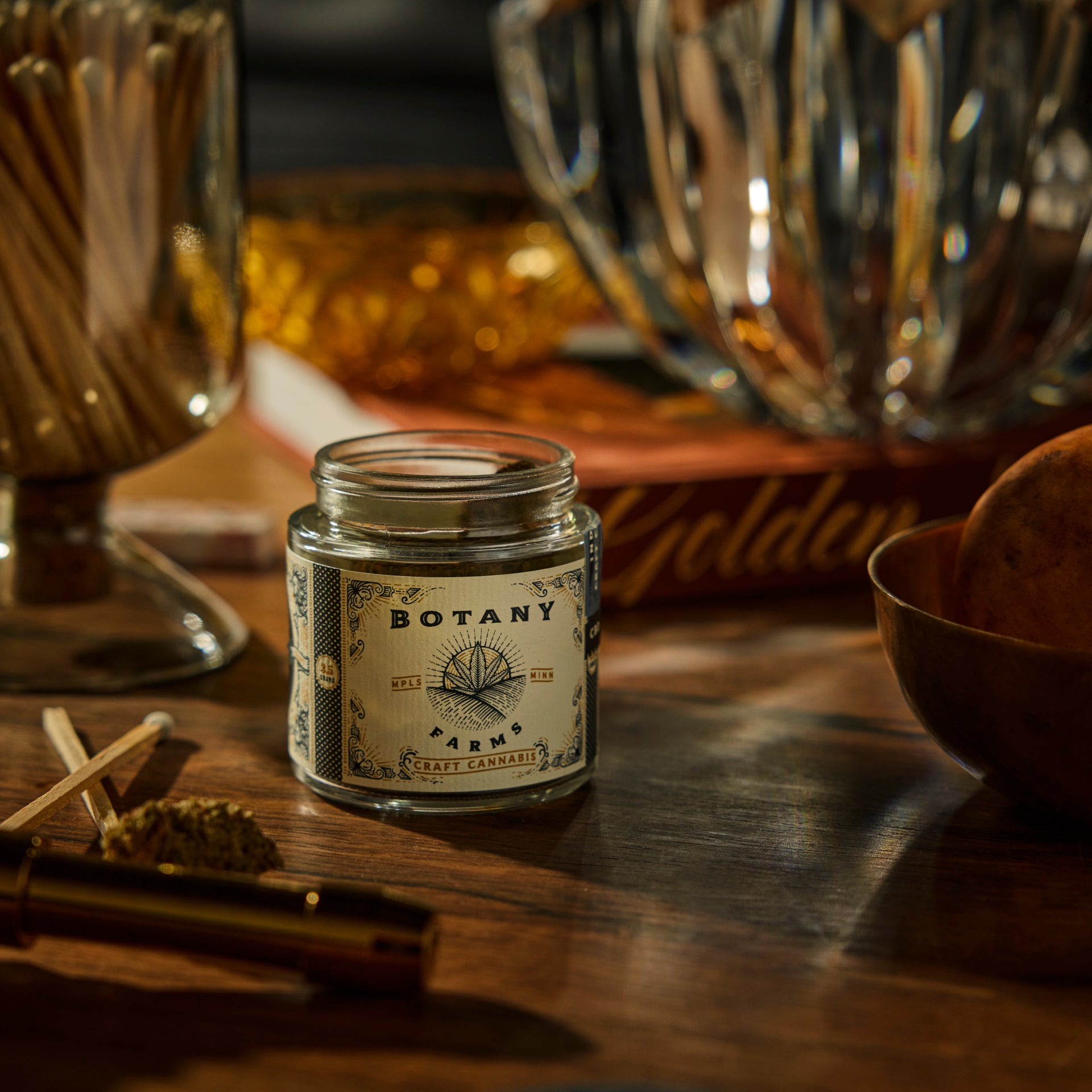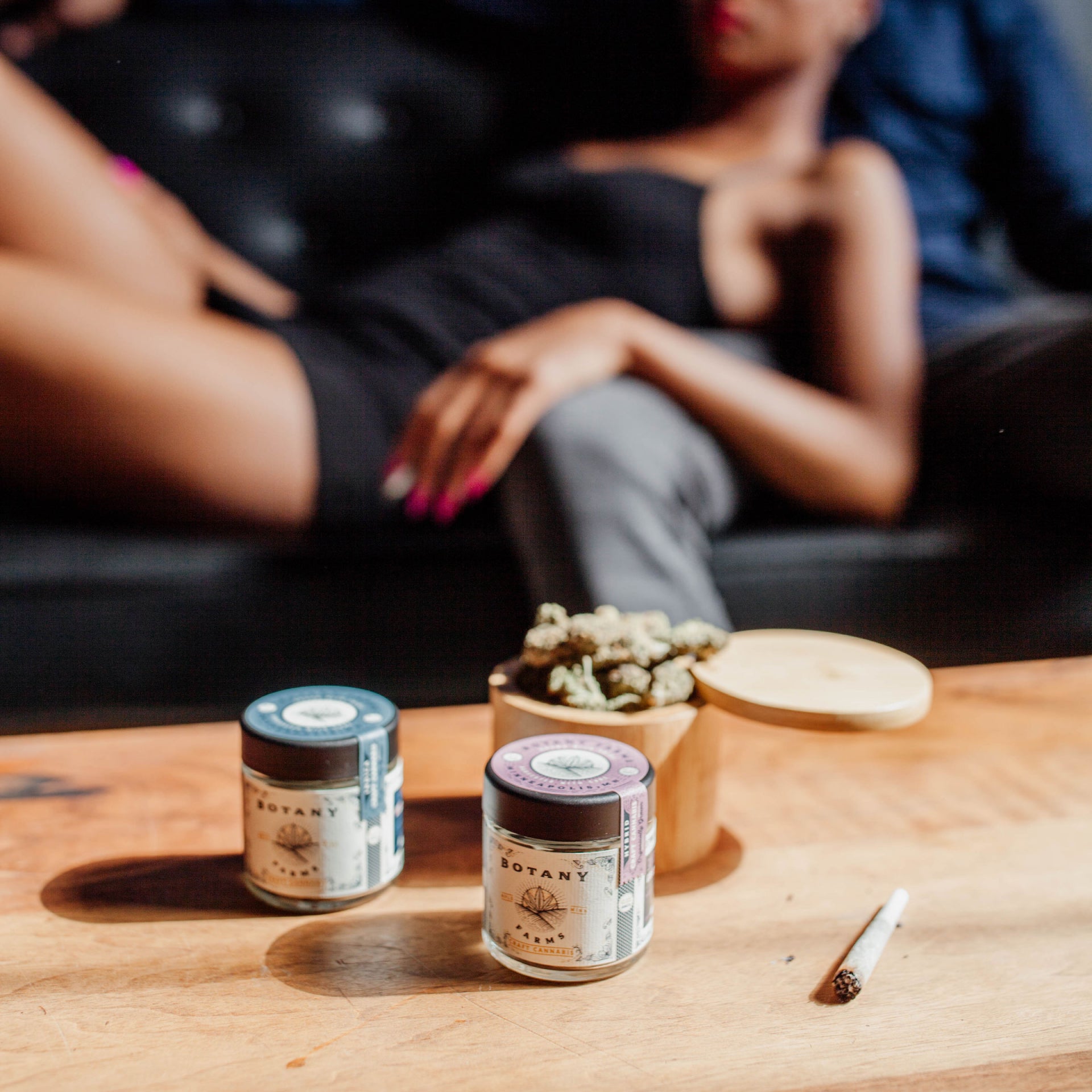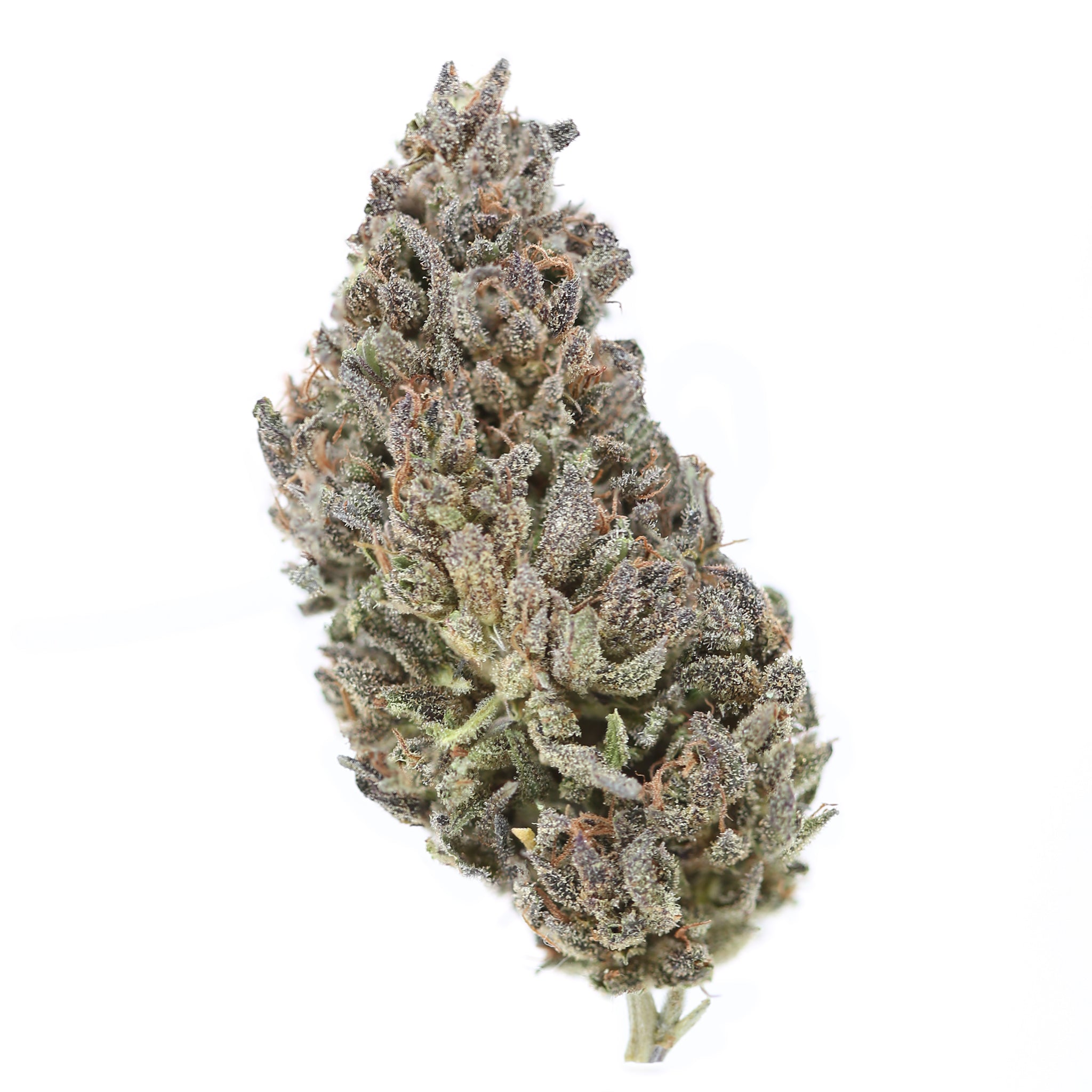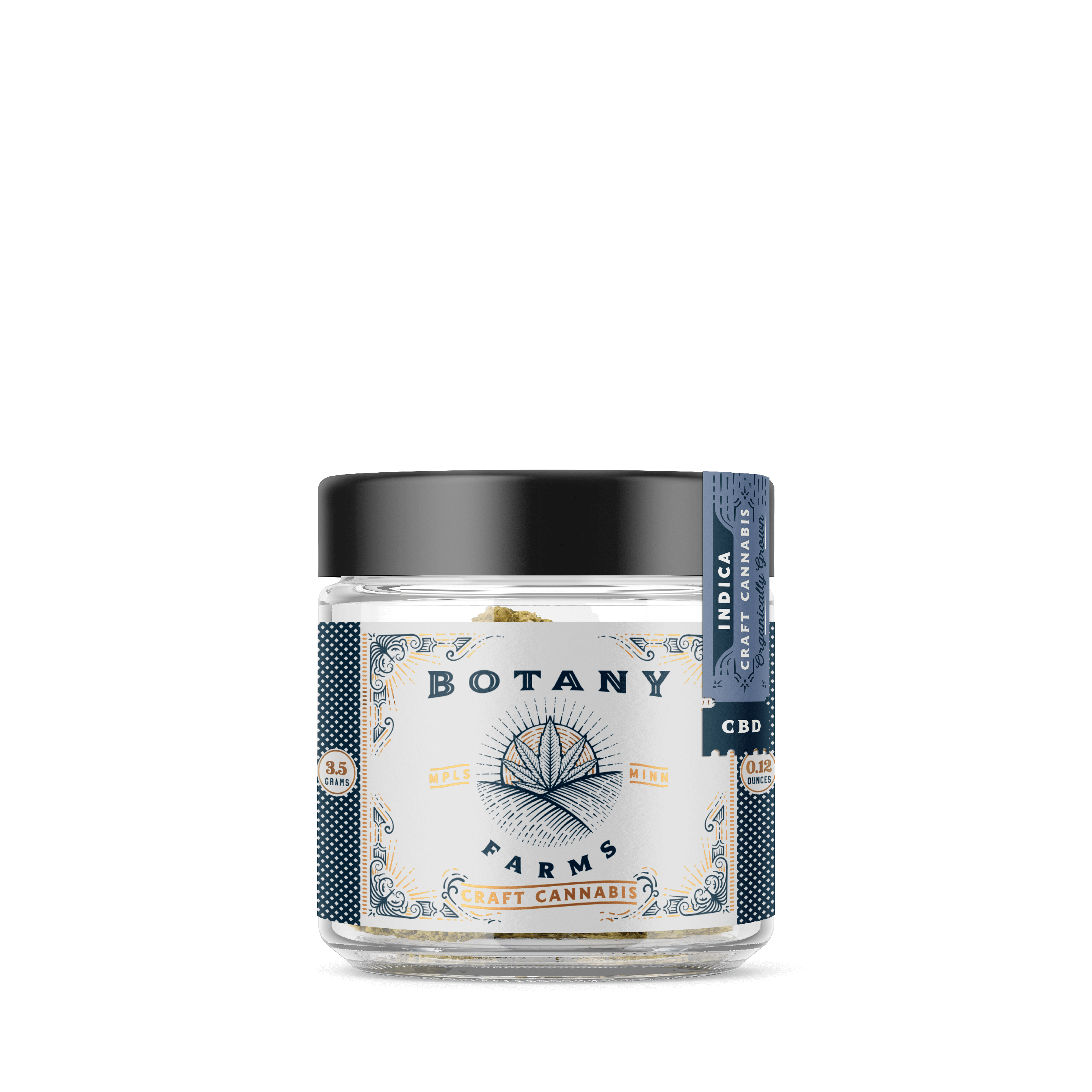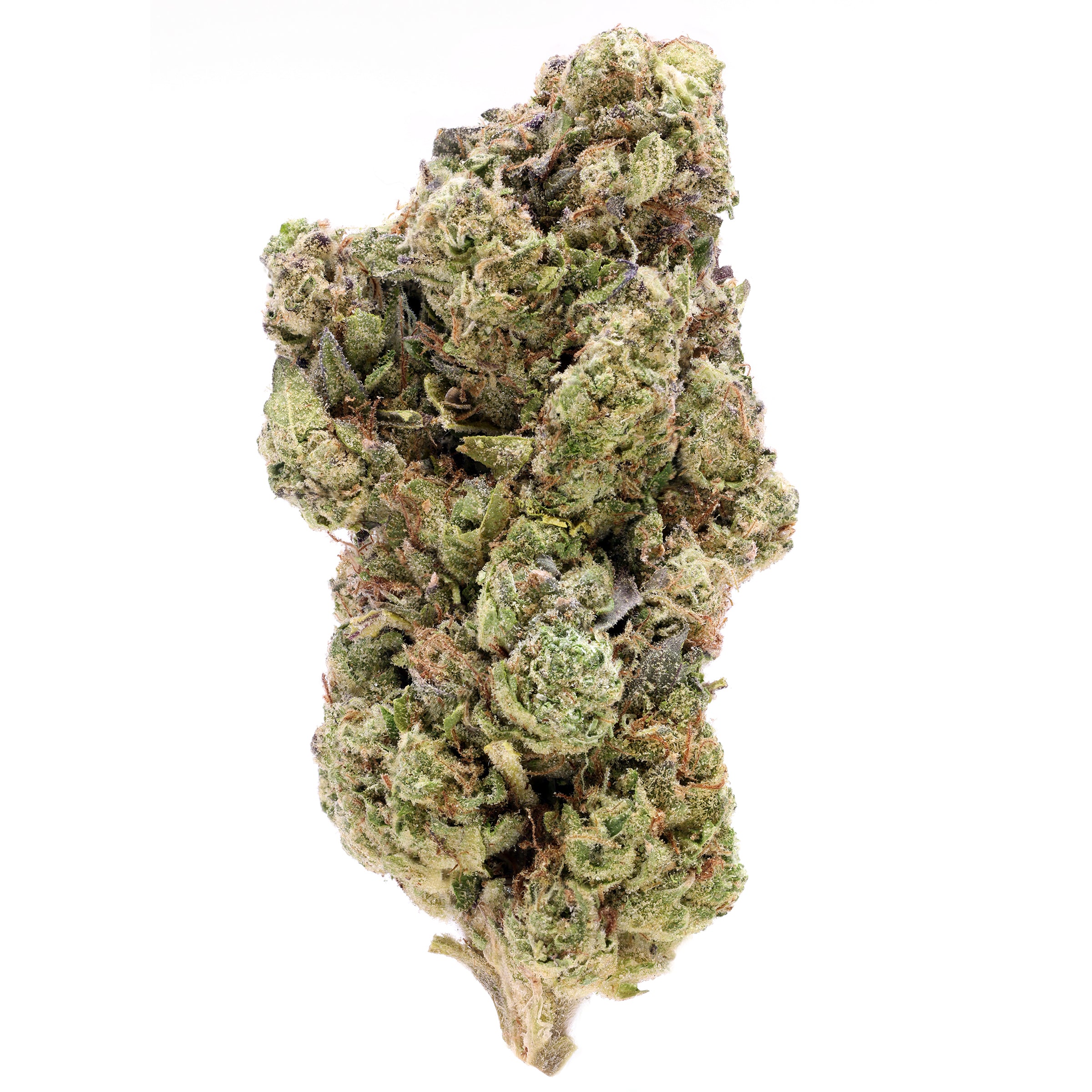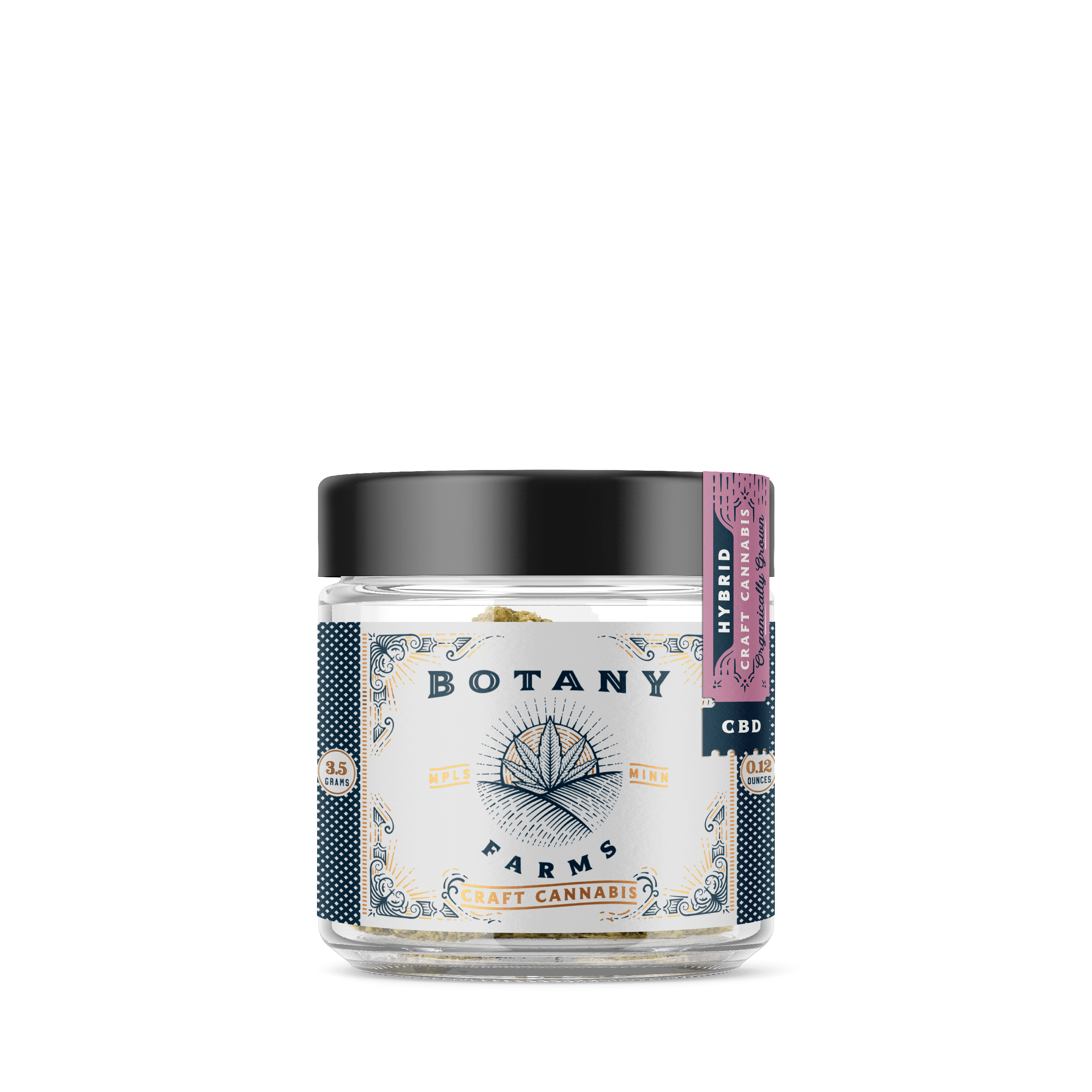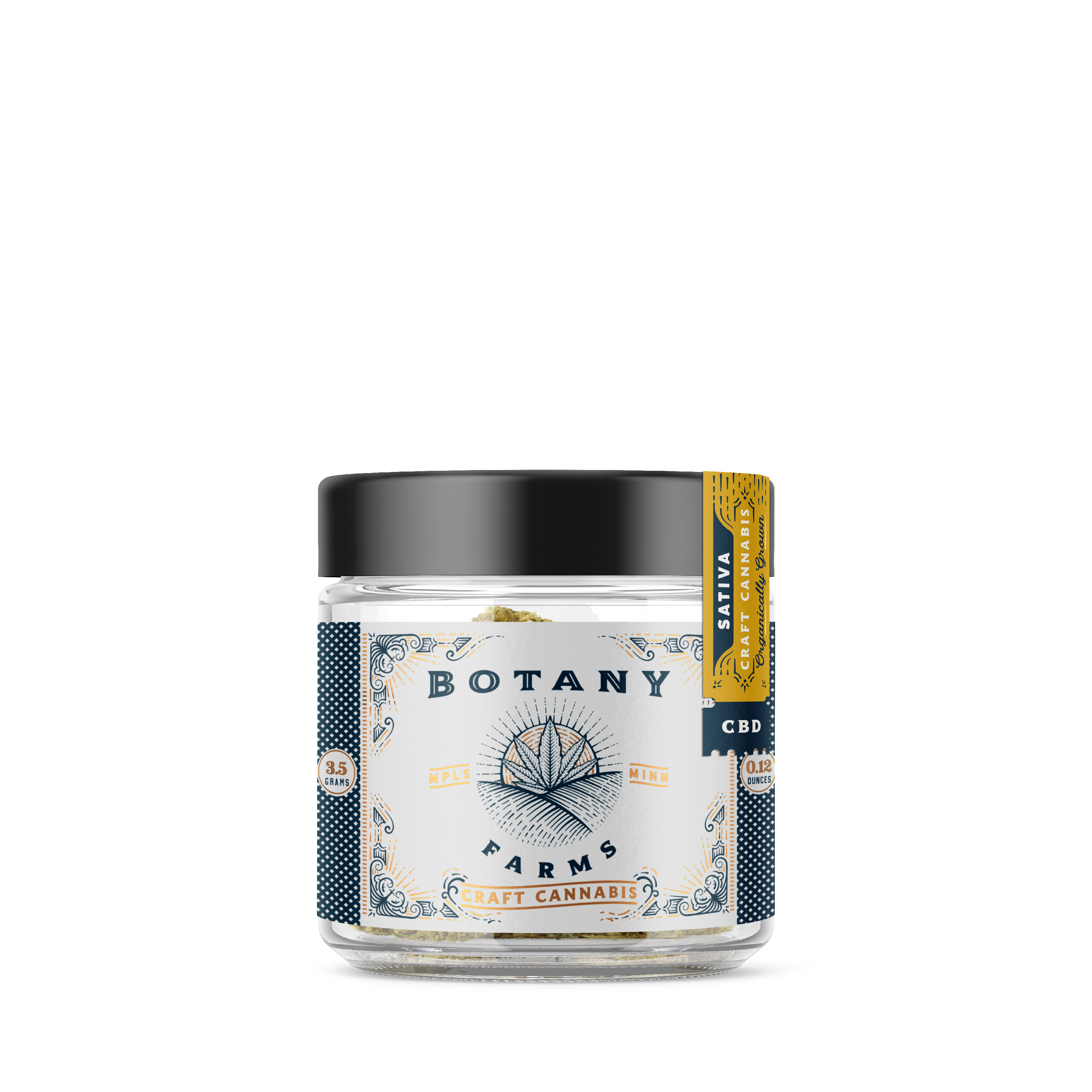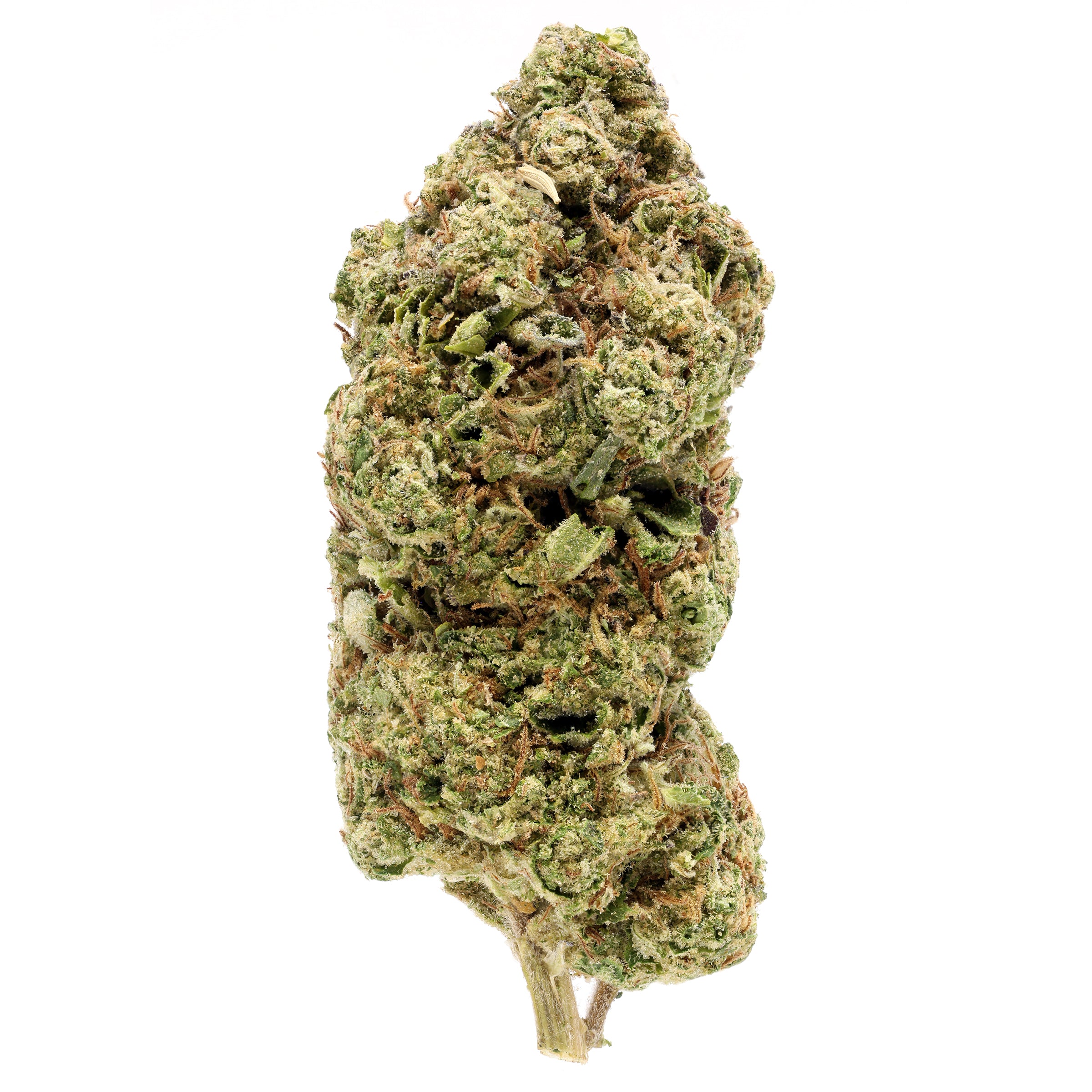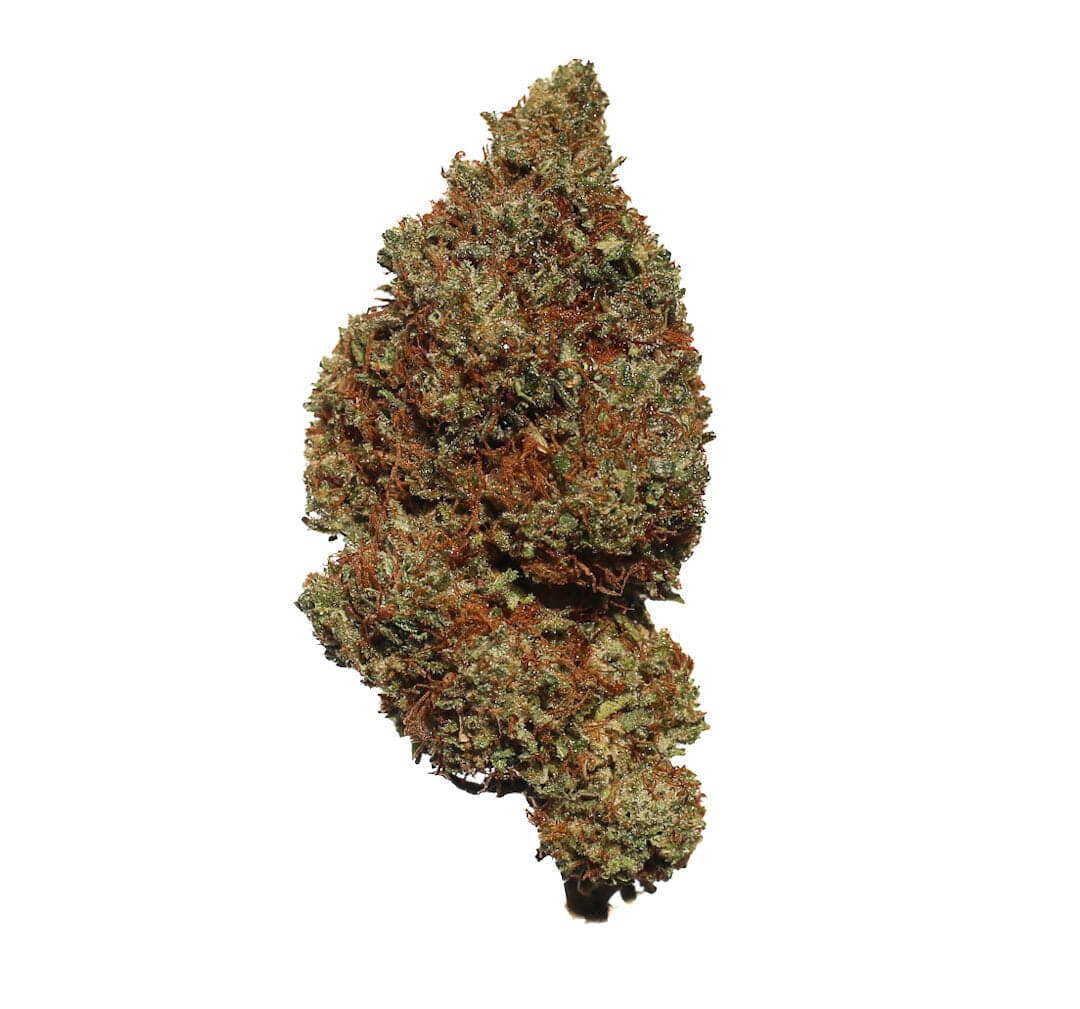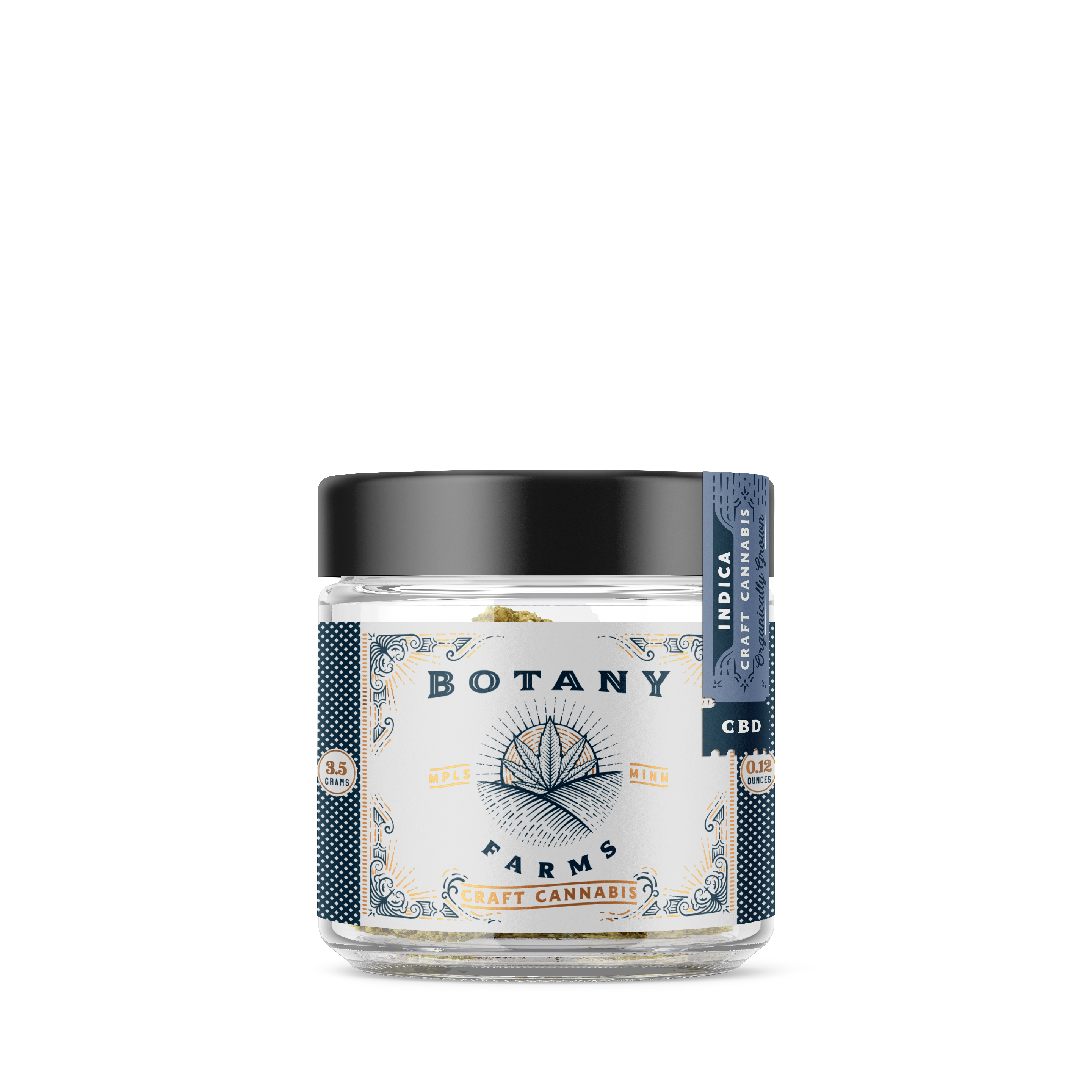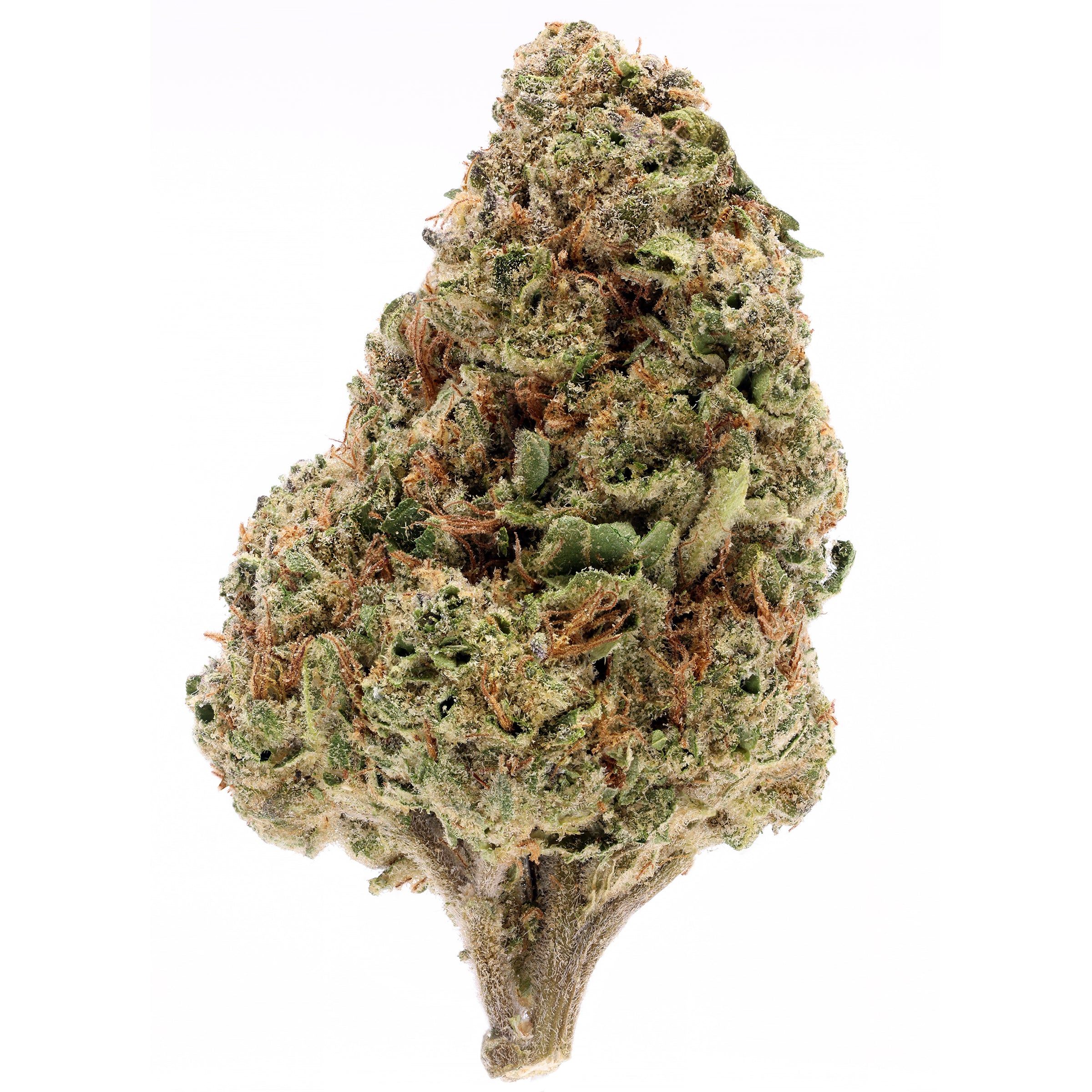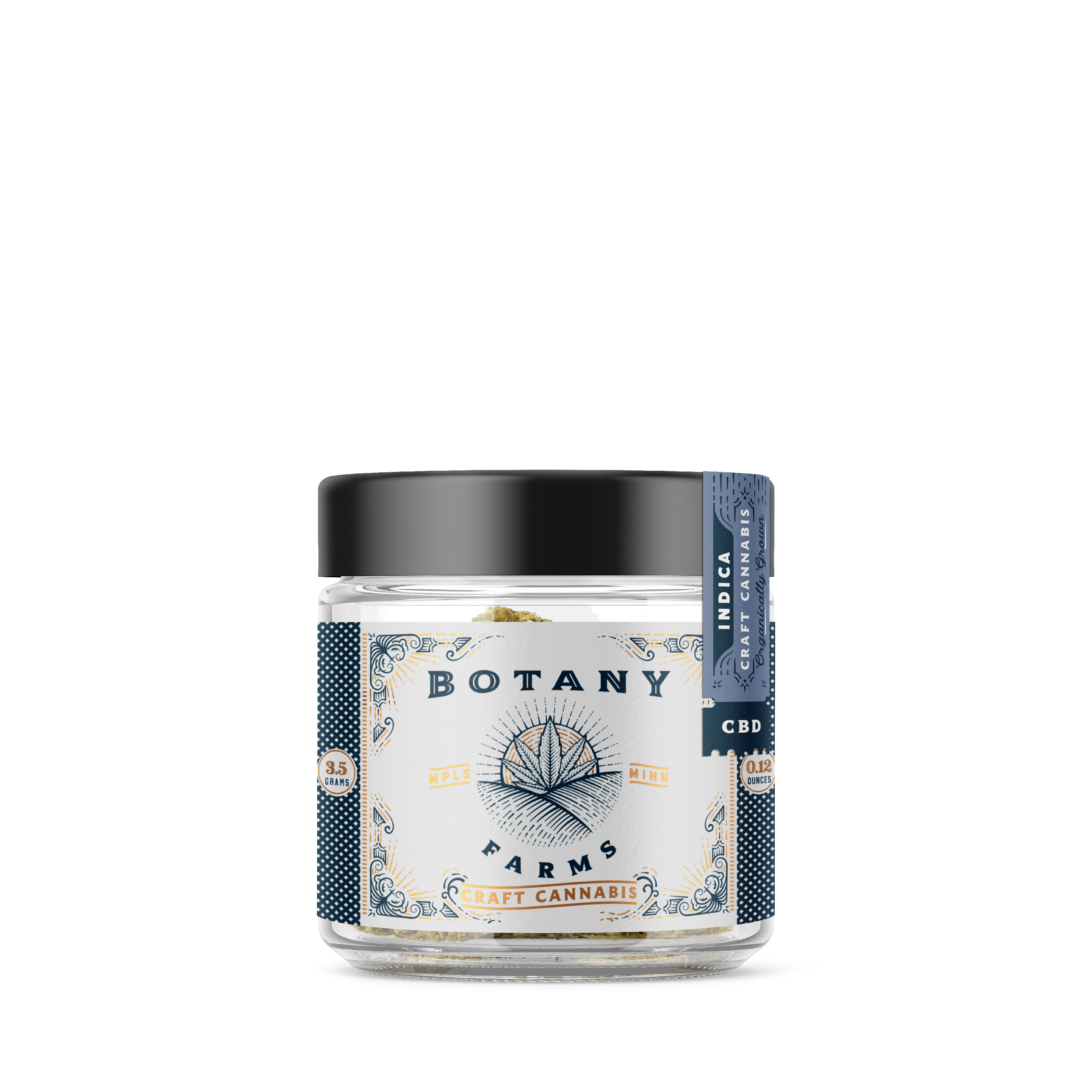The breakthrough of hemp has taken the US economy by a storm, changing the way millions of people used to regard the plant as a threat to their mental and physical health. For years, all the misconceptions about hemp were tried to be dismantled by researchers, who conducted several studies to show people all over the world that this herb could benefit us more than we thought.
As a result, we are aware about cannabinoids such as THC, CBD and CBN. However, for a plant that has up to 100 cannabinoids in it, there is very little to almost none relevant information about other compounds that are just as beneficial as the most popular ones. In this article, we have decided to introduce you to what CBCV is, a compound that has been around for a long time, but it is only now it has started to gain recognition.
Key Takeaways
- CBCV is a propyl cannabinoid with a shorter molecular structure than THC, CBD, and CBN, indicating potential for unique therapeutic benefits without psychoactive effects.
- It may enhance the Entourage Effect, suggesting synergistic interactions with other cannabinoids could amplify cannabis's overall therapeutic impact.
- Legal and research landscapes for CBCV are evolving, with Botany Farms at the forefront of exploring its potential in hemp-derived wellness products.
| Feature | CBCV | THC | CBD |
|---|---|---|---|
| Molecular Structure | Propyl cannabinoid (shorter chain) | Pentyl cannabinoid (longer chain) | Pentyl cannabinoid (longer chain) |
| Psychoactive Effects | No | Yes | No |
| Potential Benefits | Anti-inflammatory, antidepressant, antifungal | Psychoactive, pain relief, appetite stimulation | Anti-inflammatory, anti-anxiety, neuroprotective |
| Legal Status | Under the 2018 Farm Bill, legal if derived from hemp with <0.3% THC | Federally illegal, varies by state | Legal if derived from hemp with <0.3% THC |
| Research and Availability | Limited research, not widely available yet | Extensively researched, widely available in states where legal | Extensively researched, widely available |
What is CBCV?
As it was previously mentioned, there are many cannabinoids that haven’t been studied just yet. The situation is starting to change, however, due to the growth of the cannabis market. As an example, compounds like CBG are starting to be produced to address several conditions that THC and CBD can’t because of their properties. So is the case of cannabichromevarin (CBCV).
CBCV is a cannabinoid that exists at lower levels than THC and CBD in most strains. This compound was discovered back in 1975, when a group of researchers at the University of Nagasaki in Thailand isolated it from a cannabis plant. Even though it could be considered as an important discovery, the restrictions against marijuana made it difficult for researchers all over the world to perform more studies on the plant.
To get a better understanding of how CBCV works -or could work- it is important to look at its structure; and don’t worry, even if we are not all aces at chemistry, this isn’t as hard to get as it seems. The principal cannabinoids of hemp and marijuana, namely THC, CBD and CBN, are pentyl cannabinoids, which means they have “tails” of five carbon atoms. On the other hand, propyl cannabinoids like CBCV only have three-carbon atom tails.
If you take a look at how propyl cannabinoids work, you’ll find out that, for instance, CBDV and CBD have almost the same effects on the body, but CBDV potentiates the health benefits of CBD. For this reason, we could say that CBCV could enhance the already wonderful properties of its counterpart, CBC.
Understanding CBCV
Discovered in 1975 at the University of Nagasaki in 1975 from marijuana from Thailand, setting it apart from the more common pentyl cannabinoids (THC, CBD, CBN) with its shorter three-carbon atom tail. This structural nuance suggests that CBCV could amplify the therapeutic effects of cannabis without inducing psychoactivity, potentially offering unique benefits akin to those of CBC.
CBCV's Unique Structure and Potential
CBCV exists in cannabis strains at lower levels than THC and CBD. Its propyl chain, compared to the pentyl chain of its counterparts, hints at unique properties worth exploring. Despite limited research, the similarities between CBCV and CBC suggest potential for similar, if not distinct, therapeutic benefits.
The Potential of CBCV
While research is limited, CBCV's relation to CBC and its non-psychoactive nature suggest it could offer antidepressant, anti-inflammatory, and antifungal benefits without impairing cognitive function. This makes CBCV an exciting candidate for further study, particularly for conditions like chronic pain, depression, and epilepsy.
The Entourage Effect and CBCV
CBCV may play a crucial role in the Entourage Effect, enhancing the synergistic interaction among cannabis compounds. This effect underscores the potential of CBCV to amplify the therapeutic benefits of cannabis, suggesting a need for more focused research on this cannabinoid.
CBCV Benefits
As of now, the only function CBCV has in cannabis plants is to participate in The Entourage Effect. This phenomenon describes the synergy between all the cannabinoids and terpenes found in the cannabis plant, enhancing the benefits it provides to the body and mind.
However, the small amount of research that has been done on CBCV doesn’t provide any relevant information about other potential uses, thus all the properties described below are just mere assumptions made by researchers. This cannabinoid is not psychoactive, which comes as great news for consumers who do not enjoy the “high” provided by THC.
In addition, because it is related to CBC, known for its antidepressant and anti-inflammatory effects, as well as antibiotic and antifungal we could say that CBCV may potentiate the effects of the first. Here is a list of conditions that could be treated with the CBCV cannabinoid
- Crohn’s disease
- Epileptic seizures
- Inflammatory conditions
- Major depression
- Insomnia
- Parkinson’s disease
- Chronic pain
- Acne
- Growth of cancer cells
- PTSD
One of the most important conditions for researchers to study is seizures in children. For example, researchers from the Regents University of California patented an anticonvulsant drug for children who suffer from seizures that has, among CBD and CBC, a small amount of CBCV in its list of ingredients. Thanks to this patent, we may see more research being conducted on the properties and benefits of CBCV.
CBCV Effects
Although there is not a lot of ground covered regarding CBCV, just as we can talk about potential benefits for the body, it is possible to find some effects when analyzing compounds like CBC, which are similar to CBCV.The endocannabinoid system regulates important functions of our body like mood, appetite, sleep and digestion. Cannabinoids have been found to directly interact with the CB1 and CB2 receptors in our brain, stimulating the production of neurotransmitters like serotonin to enhance our overall feeling of well-being and health.
For instance, even if some cannabinoids have great effects on the body, they can also bring some negative effects to the table. CBCV is believed to cause drowsiness, lightheadedness, low blood pressure and dry mouth, since similar compounds have delivered these types of effects. However, there is still a long way to go about this cannabinoid, and only further research is to say whether it generates such side effects or not.
CBCV Laws
As of now, the law does not specifically address the use of CBCV due to the little research related to it. On the other hand, the 2018 Farm Bill legalized hemp and hemp-derived products for its manufacture, distribution and consumption as long as they contain less than .3% THC levels. Since the reason behind it is THC being the compound that produces the “high”, products with high levels of CBCV are not a problem, because it is not psychoactive.
Legal Landscape and Future Research
Currently, no specific laws address CBCV, falling under the broader legal framework of the 2018 Farm Bill for hemp-derived products. The evolving legal status of cannabis and its compounds, including CBCV, highlights the importance of continued research and legal clarity.
Where to buy CBCV?
Of course, after all the amazing benefits this cannabinoid seems to have, you would like to give it a try and see the effects it has on your body with your own eyes. As much as we would love to have an answer to this question, there are not yet any CBCV products on the market. You will certainly find it in products that have high levels of CBC, but it will take some time to see exclusive CBCV concentrates or flowers.
However, various seed companies have started to breed seedless triploids which include high CBCV levels in their components. These triploids are non-GMO and have been developed to increase yields, aroma, and novel cannabinoids like CBDV, CBGV, and CBCV, making up up to 35%–65% of the total fraction of cannabinoids for each plant.
While performing research on CBCV may take some time due to the still existing restrictions on hemp and marijuana, we hope that the current growth of the market makes governments take into consideration the importance of studying more of the cannabis plant.
While specific CBCV products are not yet available on the market, the compound can be found in high-CBC cannabis strains. Advances in breeding, such as the development of seedless triploids with high CBCV levels, promise to expand the availability of CBCV-rich products in the future.
The exploration of CBCV is just beginning, with its potential to contribute to the ever-expanding realm of cannabis-based wellness solutions. As research progresses, CBCV could emerge as a key player in personalized medical treatments, offering a new layer of benefits without the psychoactive effects of THC.
For those intrigued by the potential of lesser-known cannabinoids like CBCV, we invite you to explore our selection of high-quality hemp flower at Botany Farms. Stay at the forefront of cannabis innovation and discover the natural benefits that this versatile plant has to offer.
